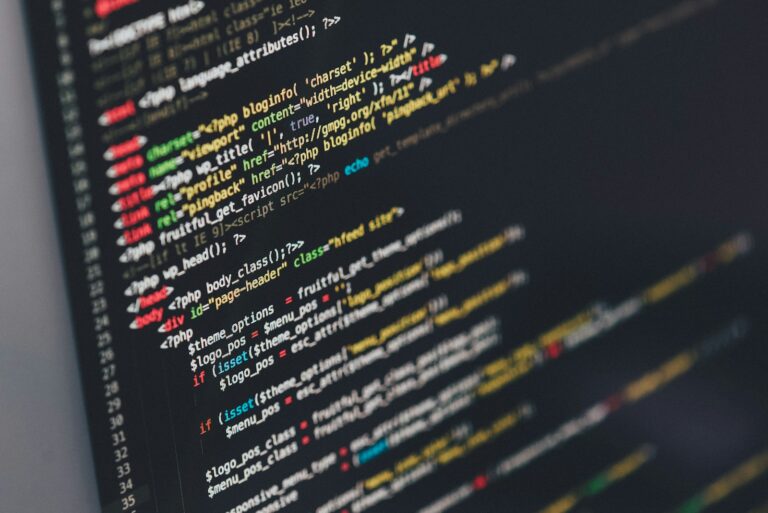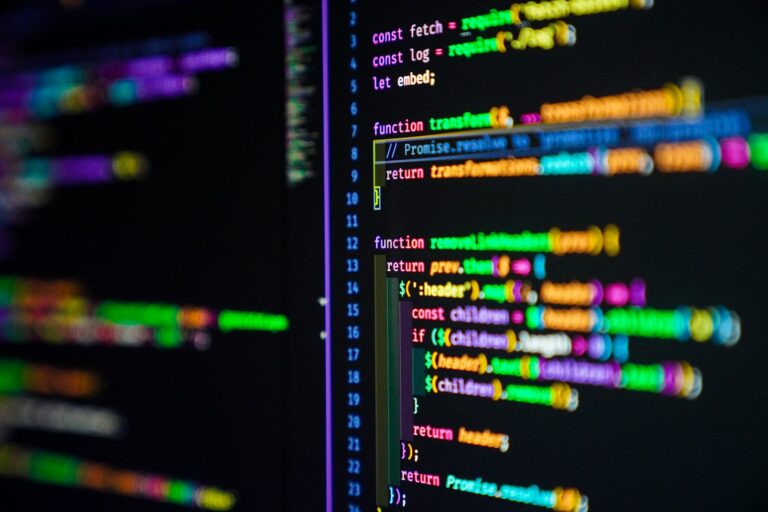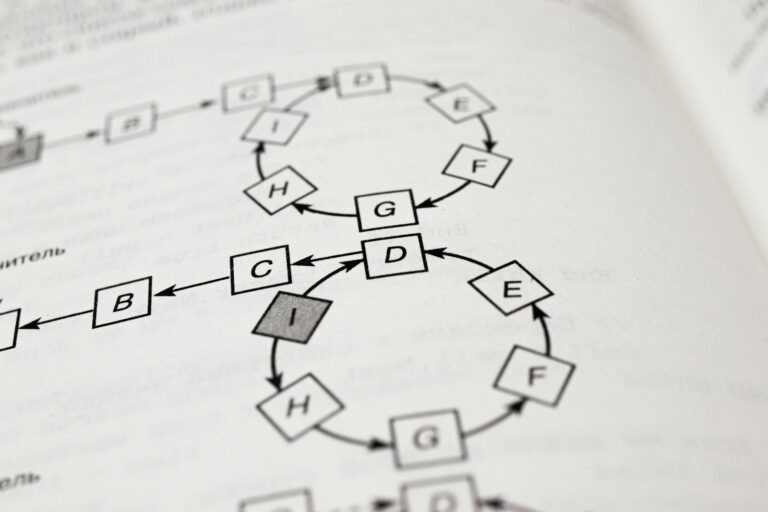Stacks are a fundamental data structure in computer science and software engineering. They follow the Last-In-First-Out (LIFO) principle, where the element added last is removed first. This principle makes stacks useful in a wide range of applications in computing, including expression evaluation, syntax parsing, backtracking, and function call management. In this Unit 2 Notes Data Structures section of B.Tech Data Structures Notes 2025, we explore various practical applications of stacks along with their implementation logic and academic significance in engineering curriculum. This Engineering Study Material provides you with a conceptual and practical understanding of stack operations and how they serve as building blocks for complex data processing algorithms. Moreover, you will find this content highly valuable if you are looking for Free Download PDF content for exam preparation.
One of the most common applications of a stack is in expression evaluation and conversion. In expression evaluation, stacks are used to evaluate expressions written in postfix (Reverse Polish) notation. In conversion, infix expressions are converted into postfix or prefix using stacks. For example, an infix expression like A + B * C can be converted to postfix as A B C * + using an operator precedence table and stack for temporarily storing operators. During evaluation, the operands are pushed onto a stack, and when an operator is encountered, the required number of operands is popped off the stack, the operation is performed, and the result is pushed back. This continues until the entire expression is evaluated.
Another important application of stacks is in function calls and recursion handling. Whenever a function is called, the program execution context, such as local variables, return addresses, and parameters, is stored in the call stack. This stack allows the system to return to the correct state after a function call is completed. In recursive function calls, each invocation results in a new frame being pushed onto the stack. Once the base case is met, the stack begins to unwind, returning control back through each level of the recursive calls.
Stacks are also widely used in backtracking algorithms, such as solving mazes, puzzle games like Sudoku, and navigating decision trees. The key idea is that the system can explore a path, and if it leads to a dead end, it can backtrack to the previous state using a stack. For instance, in a maze-solving algorithm, you push the current location onto the stack as you move forward. When you hit a wall or a previously visited path, you pop the last position from the stack and try a different direction. This technique is a classic example of how stacks help in maintaining historical states of a system.
In browser history navigation, stacks are used to maintain pages visited. As the user navigates through pages, each page is pushed onto a history stack. Pressing the ‘back’ button pops the last visited page and displays the previous one. Additionally, a forward stack can be used to allow moving forward through visited pages if the user chooses to reverse direction.
In the domain of undo-redo functionality in text editors and software applications, stacks play a critical role. Every user action, such as typing or deleting, is stored on an undo stack. If the user performs an undo operation, the last action is popped from the undo stack and pushed to a redo stack. This design allows seamless movement between past and future states of the application.
Stacks are also essential in syntax parsing in compilers and interpreters. They help in parsing programming languages by validating matching brackets and proper nesting of language constructs. The most basic example is checking for balanced parentheses. While scanning a string, opening brackets are pushed onto the stack. When a closing bracket is encountered, the top of the stack is checked for the corresponding opening bracket. If the match fails, the expression is invalid. This principle is extended in more complex parsers to check for valid grammar and structure.
In depth-first search (DFS) algorithms, especially in graph traversal, stacks are used either implicitly through recursion or explicitly through data structures. DFS explores a graph by visiting a vertex, pushing it onto a stack, and continuing to the next unvisited neighbor. If a vertex has no unvisited neighbors, the algorithm backtracks by popping from the stack.
Stacks can also be used for memory management, especially in operating systems. Function calls, context switches, and interrupts require temporary state preservation, which is efficiently handled through a stack structure. In low-level system designs and embedded programming, developers often manage their own stack pointers to ensure the correct flow of control and memory access.
Another application is in string reversal. A string can be reversed using a stack by pushing each character into the stack and then popping them one by one. This simple yet illustrative use of stacks is often used as a basic assignment to demonstrate stack behavior.
In advanced data processing, stacks are used in parsing mathematical expressions, constructing expression trees, and evaluating polynomial expressions. Additionally, stack machines—a type of computer architecture—use stacks for computation instead of registers. The Java Virtual Machine (JVM) operates as a stack-based machine, which emphasizes the practical utility of this structure in industry-grade systems.
Insert diagram here for: Infix to Postfix Expression Conversion Flowchart
In programming languages like C, Python, and Java, stack operations are supported through library functions and built-in data structures like arrays, linked lists, or specific stack objects. In implementation, an array-based stack requires predefined size and may result in overflow, while a linked-list-based stack is dynamic and can grow until memory is exhausted.
| Operation | Time Complexity |
|---|---|
| Push | O(1) |
| Pop | O(1) |
| Peek | O(1) |
| IsEmpty | O(1) |
Short Answer Questions (2-3 marks)
- What is a stack? A stack is a linear data structure that follows the Last-In-First-Out (LIFO) principle where the last element added is the first one to be removed.
- Name any two real-life applications of stack. Function call handling and expression evaluation.
- What is postfix expression evaluation? It is the process of evaluating mathematical expressions written in postfix form without the need for parentheses.
- Why is stack used in recursion? Because it helps to maintain the function call context until the base case is reached and then returns values during the stack unwinding process.
- How are stacks used in DFS? DFS uses a stack to remember the path taken so that it can backtrack when a dead end is reached.
Long Answer Questions (5-10 marks)
- Explain how stack is used in infix to postfix conversion with example. To convert infix to postfix, a stack is used to store operators while scanning the expression from left to right. Operands are added directly to the output. Operators are pushed based on precedence. For example, converting
A + B * Cresults inA B C * +. Stack helps manage the precedence and associativity of operators. - Discuss the role of stack in function call handling. When a function is called, the system pushes the return address, local variables, and arguments onto the call stack. When the function execution completes, the system pops the stack to restore the previous state. This mechanism is crucial for managing both iterative and recursive calls.
- Describe how stacks are used in backtracking with a maze-solving example. In a maze, the algorithm tries moving in all directions. It pushes the current position to the stack and proceeds. When a wall or a loop is encountered, it pops the last position and tries a new direction. This stack-based mechanism helps explore all possible paths without losing track of the visited ones.
- Explain stack usage in undo-redo operations in editors. Each change is stored in an undo stack. On performing undo, the last action is popped and pushed to the redo stack. Redo performs the reverse by popping from the redo stack and pushing to undo stack again.
- What are the advantages of stack over other linear structures? Constant time operations, simplicity in implementation, useful in recursive and expression evaluation contexts, and effective memory usage through LIFO ordering.
Chapter Summary
- Stack is a LIFO data structure- Used in expression evaluation and conversion- Plays a vital role in function call and recursion management- Supports undo-redo functionality in applications- Helps implement backtracking in problem-solving- Used for parsing syntax in compilers- Efficiently aids DFS graph traversal- Commonly used for string reversal and memory management- Forms the core of many virtual machines and programming languages- Implementation can be array-based or linked list-based
Model Questions / Sample Internal Exam Questions
- What are the key applications of stacks in programming?
- Explain stack implementation using arrays.
- Describe postfix expression evaluation using stack.
- How does a stack help in checking balanced parentheses?
- Write a program to reverse a string using stack.
- Explain the difference between stack and queue with examples.



